For those who are looking to get stuck into a pallet craft project, a wooden pallet can act as a source of style inspiration and a cheap material to test out your creativity. We love love love all things made from pallets, but should your rustic pallet projects be made using new, second hand or discarded pallets? Read on to find out…
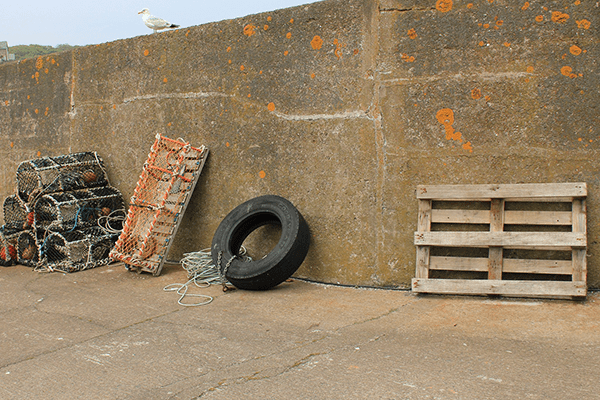
Why Use A Discarded Pallet?
Many of the articles we see online recommend you pick up discarded pallets from the side of the road, a building site, or from the tip. The obvious benefit being that your newly found pallet treasure is free or charge. However there is a serious down-side to using a discarded pallet, and we never recommend using them for a few very important reasons.
Is It Clean And Safe?
Firstly, and most importantly, you don’t know the history of the discarded pallet/s. Pallets make the world go ‘round. They transport everything, including hazardous substances. One of the main reasons a pallet may be discarded is if it has had toxic chemicals spilled onto it, which could affect the integrity of the wood, or make it otherwise unsafe for future shipping purposes.
These chemicals can seep into the wood and be released slowly over time. Now imagine your discarded pallet is to be used as a raised garden bed for your new veggie patch, or a cute rustic dog bed in your home.
In addition, pallets that have shipped seemingly harmless produce, such as fresh fruit and veg can still be dangerous. Imagine a shipment has been confirmed to have e coli contamination, there’s another pallet you certainly won’t want to invite into your home, and it’s more likely to be discarded.
Is It Stamped?
Pallets which travel overseas, by law, must be stamped to tell you a little more about them. You can read up on pallet stamps in this blog, and refer back to it whenever you see a pallet stamp you’re unsure of. Pallet stamps will tell you a little about the pallet, they may indicate where the pallet came from, where it has travelled, and how it has been treated.
The most important stamps to look out for are the treatment stamps. Pallets are ‘treated’ to help prevent the spread of pests, insects, and microbes between different countries. Today you’ll commonly see ‘HT’ as the treatment, which means ‘heat treated’, so pallets with this stamp have been heated to a certain point to ensure any and all bugs in the wood have been killed off.
There is one pallet stamp to particularly watch out for in the UK, which is ‘MB’. If you see ‘MB’ on a discarded pallet do not touch it. The ‘MB’ stamp indicates that the pallet was treated with Methyl Bromide, which has been shown to act as a neurotoxin and carcinogen, originally used as a treatment to kill of wood pests and banned in 2010.
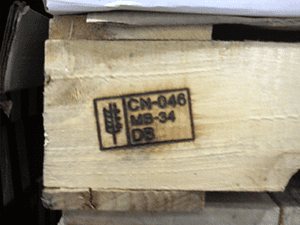
While that was nearly a decade ago, pallets last for years and years, and it is certain that there must be a few tucked away still in use around the country. These pallets will not be readily bought back or recycled, so finding a discarded MB pallet is a possibility. But please do not use these pallets in any project.
If you discover you have an ‘MB’ stamp on the wood you’ve already used in a project, we recommend you firstly move it outdoors and keep it away from children and pets. Then contact your local council who should be able to advise of the best way to safely dispose of this wood.
Is It Suitable For Your Project?
Pallets come in all shapes and sizes. Often for the bigger pallet projects, such as bed frames, patio furniture, shelving, etc…, having pallets of identical size is a big benefit.
Pallets like these are much harder to come by, you may end up with some square, some small rectangle and some much larger. They may have boards across the top only or both on the top and bottom, they might be made from different woods, and some might be more worn than others.
And while you want your project to look rustic and shabby chic, you certainly won’t want your finished project to look wonky and be unusable. So size and style consistency is another good reason to leave those discarded pallets well alone.
Remember, a discarded pallet is often discarded for a reason. Pallet distributors will usually pay very well for second hand pallets that are in good shape, as pallets can be reused many times, or repurposed and recycled to make other products such as biofuel or animal bedding. So in regards to the logistic pipeline, it’s best for everyone’s interests to return shipping pallets for a rebate. And a discarded pallet is possibly unsuitable for some reason or unsuitable for future use. We always advise our pallet crafting community not to take the risk of picking up a discarded pallet.
Which Pallets Are Best To Use?
The safest pallets are the ones with a documented history. And all of the pallets at Universal Pallets are recorded, checked over by professionals, and heat treated when necessary. We also repair pallets, so when we supply pallets for crafting they’re already in pretty good shape, which is a welcome bonus for projects where stable pallets are key.
If you buy your pallets from Universal Pallets, the team can also advise you on the best types for your project. So if you need identically sized pallets, we’ve got ‘em. If you need rustic, worn pallets, we can pick out a few that match each other well. If you want pristine, brand new pallets, we can supply those too. Square, rectangle, large or small, we stock all varieties. We even stock loose boards which are perfect for projects where you don’t want to break the pallet apart yourself.
For most pallet projects requiring more than one pallet, we recommend the EURO pallets, this is because they must all conform to the same precise size, and so will fit together neatly.
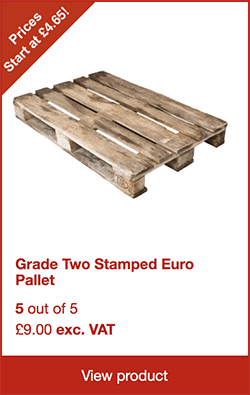
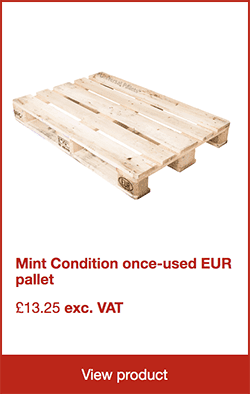
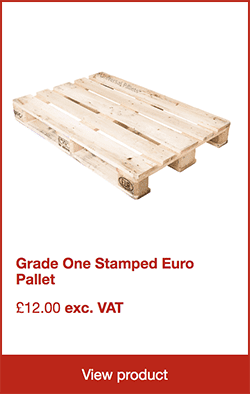
For projects where you just want one pallet, we often recommend the economy pallets, as they’re the cheap and cheerful option, perfect if you’re planning to get really creative!
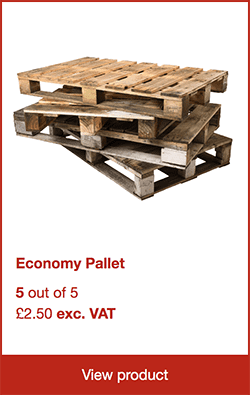
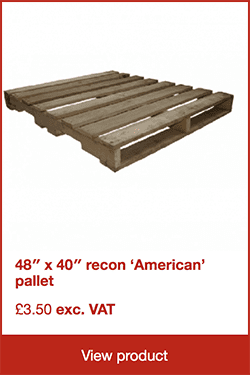
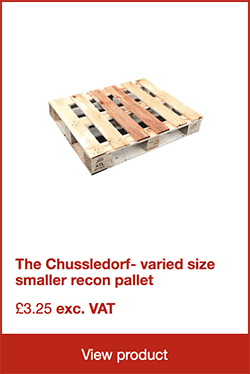
See All Economy Pallet Options.
And for projects where you’re just looking for a couple of planks of wood to chop and change, the loose boards are a great, cost-saving option too.
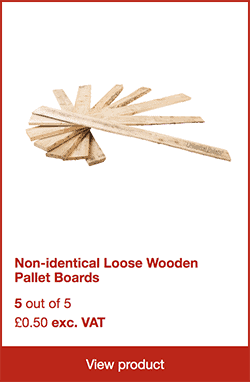
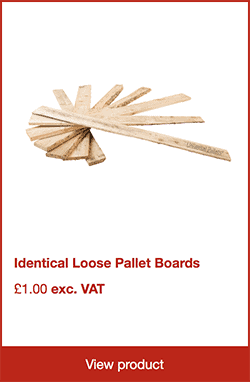
Our team of pallet-crafting-obsessed experts are always available to help you on the phone, via email or on our social media channels. So get in touch and remember to send us some photos on your completed project.
